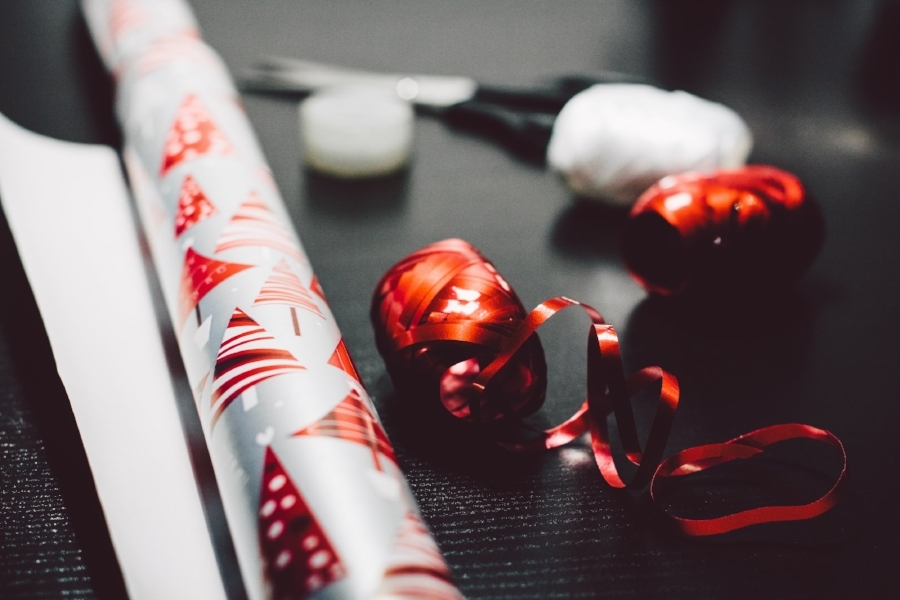8 Sneaky Things You Didn't Know Are Plastic

What is plastic?
Plastic is made from oil/petrol/ diesel. Yes, this comes out of the earth BUT is processed in a way as to make it non biodegradable.
So your plastic bag will tear, photodegrade, stop being useful, but it won’t break down for at least a few thousand years.
Why is plastic in everything?
Basically, it’s very cheap, light (sometimes pretty) and it makes everything waterproof. We also believe that plastic bags are utensils are clean, disposable items and somehow believe that it’s more sanitary to eat off a plastic spoon than a washed steel one.
Yes, it’s short term accounting that doesn’t take into account the long term costs of our plastic use – stewing landfills, dying animals, health impacts from chemicals leaching out of plastic, blocked waterways, plastic entering us through the food chain etc.
Seemingly harmless stuff that's actually plastic
Plastic comes in many disguises, not all plastic looks or feels like plastic.
1. Non-woven fabric
Have you been finding these bags in shops since the plastic ban.. they feel like cloth and some people will tell you they are ‘fine-quality jute’. Don’t let that fool you. It is plastic.
How you can tell:
1. Look at the seams of the bag, they may look like stitches but are actually a mix of fabric and plastic that is sealed with heat.
2. Try pouring a few drops of water on the bag – if it just sits there without being absorbed, it’s plastic
3. This is not recommended as burning plastic is poisonous – but burning a non-woven bag will give out thick acrid smoke.
2. Ribbon
Most ‘satin’ ribbon isn’t made of satin or cloth, but polyester or plastic! Those curly ‘ribbons’ on flower bouquets – definitely plastic! Be truly cool as use jute strings in place of ribbon!
Vani Murthy tried composting a 'paper' cup and found it contained a non-biodegradable plastic lining sandwiched between the paper layers. While the paper decomposes, the plastic lives on. Source: Facebook/Vani Murthy
3. Paper cups
‘Paper’ cups usually are lined with a thin layer of plastic (or have a layer of plastic between paper layers to make it waterproof when they hold liquids. Find out where you can hire steel utensils when you have an occasion even if your caterer insists on plastic.
4. Microbeads in soaps/toiletries
Microbeads are tiny plastic balls in your soaps and gels, they’re there to create a ball bearing effect when you apply a cream, and simply because some people thing it looks nice. These microbeads are hardly felt but go into your drainage system (where they are too tiny to be filtered) attracting oils and pollutants on the way. These microbeads and the pollutants they attract end up in your food and blood stream. Don’t buy anything with plastic or ‘caring’ microbeads, as a popular brand put it.
5. Nylon/synthetic clothes
An estimated 1,900 microfibres can get rinsed out of a single piece of synthetic clothing each time it's washed, and these virtually invisible microplastic fibres might be the biggest contributors to ocean pollution. Just don’t buy these fabrics in the future and stick to natural fibres.
6. Thermocol
Thermocol is a common name (actually a brand name) for polystyrene, a thermoplastic polymer. We use it as an inexpensive teaching aid, for confetti and to make charts for school exhibitions. However, it’s non-biodegradeable or VERY slow to biodegrade and forms litter that’s visible in most cities and in oceans.
Many of our day-to-day plastic items are actually made of polystyrene. It is commonly used in containers for food and drinks. The styrene monomer (from which polystyrene is made) is a carcinogen, and these chemicals have been shown to move to humans though food. So refuse that plastic/ foam shell next time you get take-out.
7. Biodegradable cutlery
True, some cutlery is made of leaves which are or it fully edible because it is made of food. But beware of ‘biodegradable plastic’ or cutlery made of cornstarch (they’re made of a blend of plastic and corn starch and are destined for a landfill – they don’t biodegrade, and cannot be recycled.
8. Shiny gift-wrapping paper
This one’s a no-brainer, they’re made of plastic and can never be recycled. Try a more sophisticated look with actual paper giftwrap available in stores. They can be held together with gum instead of cellotape.
What was that thing about a bacteria that eats plastic?
Japanese scientists have discovered that a bacterium Ideonella sakaiensis secretes enzymes that uses PET as a food source. While that’s an amazing discovery,
Things to remember: One- It’s just PET (bottles, but NOT other types of plastic found in food packaging, detergent bottles, fibres, brush bristles, fishing lines, CDs, disposable cups and plates)
Two: It’s rather slow, taking 6 weeks to eat a thin film of PET, so thinking it will eat all the plastic in a landfill in a few weeks isn’t true.
Ierene Francis is the founder of Corvus Bags, an enterprise making cotton bags that look great and can be washed, ironed and reused for years. Follow them on Facebook, Instagram (@corvusbags) or check out their website.









